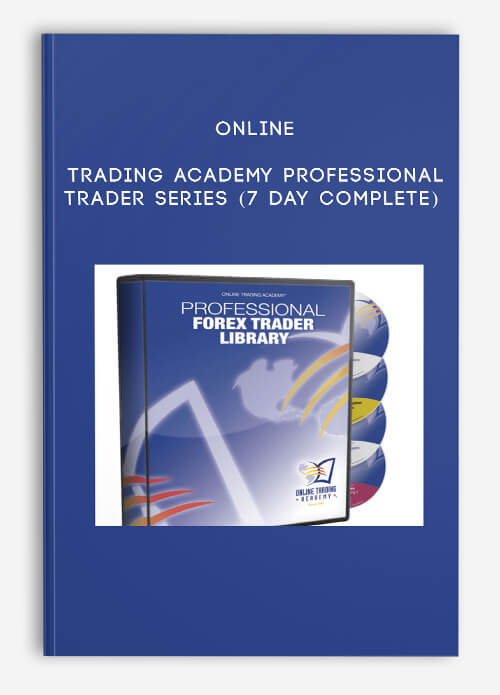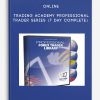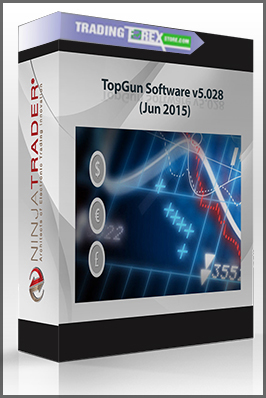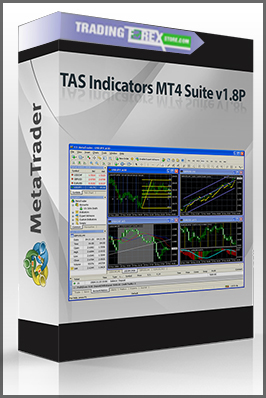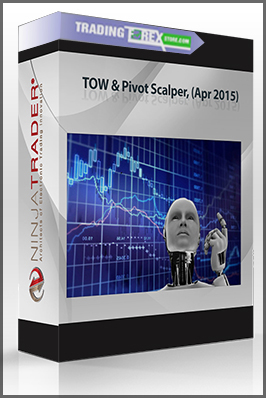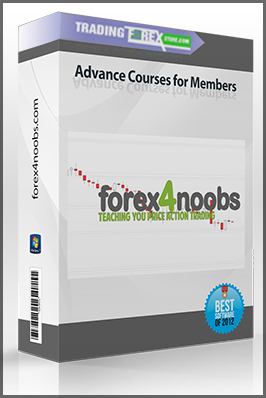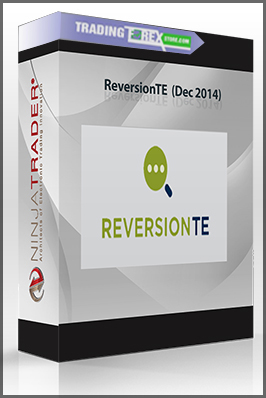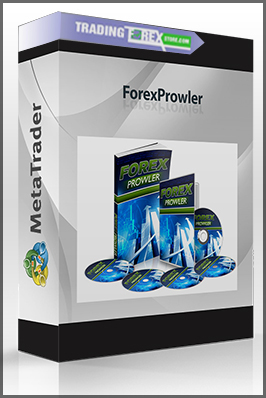Online Trading Academy Professional Trader Series (7 Day Complete)
$69.00
Product Include:
File size:
- Description
Description
Online Trading Academy Professional Trader Series (7 Day Complete)
**More information:
Get Online Trading Academy Professional Trader Series (7 Day Complete) at bestoftrader.com
Description
Archive : Online Trading Academy Professional Trader Series DVD Set(Days1-7)
Learned to consistently identify low risk/high reward opportunities in the market
* Developed a personal trading plan based on simple rule-based strategies
* A clear understanding of the markets, and time frames that best fit a style of trading to your personality, life style, and risk tolerance
* Gained proficiency using direct access trading tools and Level II data to enhance decision making
* Mastered the core foundational concepts including:
o Performing different types of opportunity analysis (technical and fundamental)
o Professional risk management
o Identifying Support (demand) and Resistance (supply)
o Buying and selling actions of professionals
o Understanding and applying different order types
o Building and managing a personalized Trading Plan
o Recognizing technical chart patterns and monitoring trends
o Using Fibonacci studies
o Identifying moving averages and technical indicators
o Identifying personal style of confidence and discipline for trading
Course Agenda – Part 1 (Days 1 – 3)
Day 1: Trading and Market Basics
* Introduction to the U.S. markets
* Trading Psychology and Mindset
* Trading terminology
* Trading fundamentals
* Level 2 and Direct Market Access
* Understanding Economic Data Releases
* Styles of Trading
* Day 1 Course Quiz
Day 2: Rule-Based Equity Market Analysis – Identifying market turning points for opportunity
* Introduction to Charting
o How to read price
o Types of charts & when to use them
* Technical Analysis
o Understanding Support (Demand) and Resistance (Supply)
o Identifying Bank Dealer Demand and Supply in the Market
o Trends – When to buy or sell
* Rule-Based Strategies
o Buying the breakout through Supply
o Buying at Demand
o Selling Short the breakdown through Demand
o Selling Short at Supply
o Low Risk Entries
o Profit Targets
o Managing Risk
* Locating Trading opportunities
* Creating a Trading Business Plan for Success
* Day 2 Course Quiz
Day 3: Application of Trading Knowledge
* Order types and proper execution
o Order entry techniques
* Live Trading and Trading Analysis
o Strategy practice in the live Equity markets
o Trading Platform
* Market Indicators
* Momentum Indicator – Average Directional Indicator (ADX)
* 10 Laws for Trading Success
* Day 3 Course Quiz
Course Agenda – Part 2 (Days 4 – 7)
Day 4: Trading Tools & Live Trading
* Candlestick Chart Patterns
* Live Trading
o Applying what you have learned
o Instant feedback from market and Instructor
* Proper use of technical indicators explained
o Moving Averages
o Moving Average Convergence/Divergence (MACD Indicator)
* Fundamental Analysis of Stocks
* Times of the Trading Day and Understanding Market Environment
* Day 4 Course Quiz
Day 5: Technical Indicators, Live Trading & Trade Analysis
* Recognizing and trading chart patterns
* Technical Indicators – Momentum
o Relative Strength Indicator (RSI)
o Stochastics
o Commodity Channel Index (CCI)
* Planning Individual Trades
o Trading based on rules and logic
o Removing emotion from trading
* Writing a Trade Plan
* Day 5 Course Quiz
Day 6: Building on what you have learned: Technical Indicators, Live Trading & Trade Analysis
* Fibonacci Studies
* Wave Movement of Price and Trading the Wave
* Bollinger Bands
* Average True Range and price volatility
* Hard Right Edge Game – Practice what you have learned
* Day 6 Course Quiz
Day 7: Putting it all Together
* Money Management
* Adjusting Stops and Trailing Stops
* Accounts & Margin
* Where do you go from here?
o How to apply what you learned
o The next step – trading live
o Continuing education options
o Overview of exclusive Graduate tools and benefits
* 10 Survival Skills for the Trader
* Final Exam
Forex Trading – Foreign Exchange Course
Want to learn about Forex?
Foreign exchange, or forex, is the conversion of one country’s currency into another.
In a free economy, a country’s currency is valued according to the laws of supply and demand.
In other words, a currency’s value can be pegged to another country’s currency, such as the U.S. dollar, or even to a basket of currencies.
A country’s currency value may also be set by the country’s government.
However, most countries float their currencies freely against those of other countries, which keeps them in constant fluctuation.

